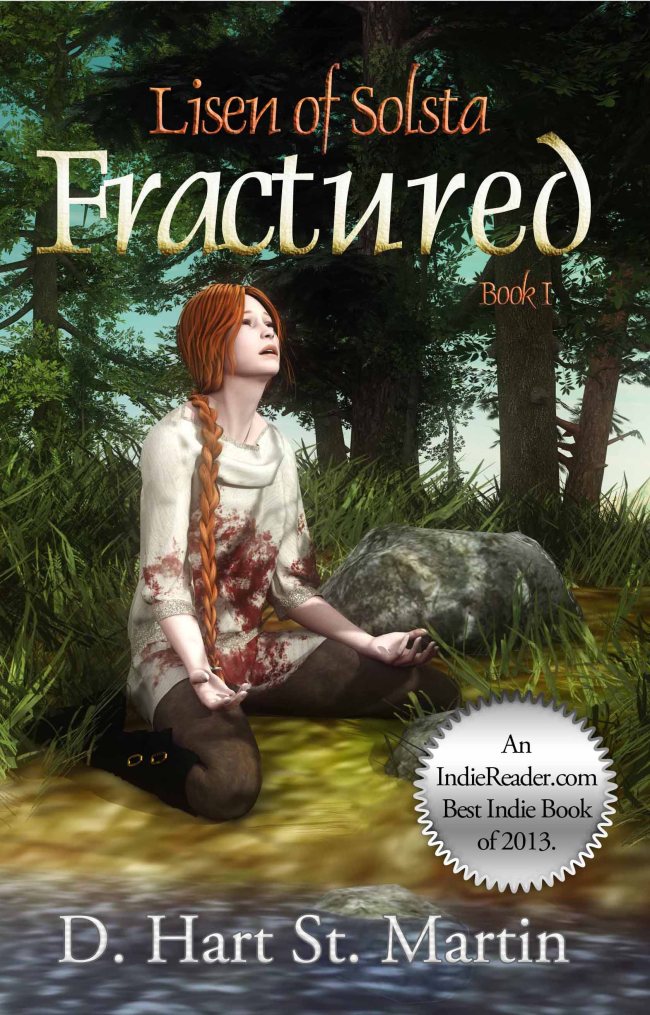What a few weeks it’s been. After avoiding the holidays entirely (except for the incessant ads on the television), I’ve managed to begin my new book in earnest. Even took the first scene into my writing group last week. The verdict? Well, that’s what I’m here to discuss today.
“Beginnings are such delicate times.” Thus did Frank Herbert write in his SciFi classic, Dune (p. 441, Kindle edition). And, oh, how very right he was. Where and how to open the story is one of the most critical decisions a writer must make in any writing endeavor, whether it be a novel, a memoir or an essay. In my case, it’s a novel, and although a great deal of the setting is well established, years and many events have intervened.
So, where did I begin? Did I begin with a moment of movement and the near-immediate introduction of conflict? Did I hand the reader as little back story as possible in order to avoid confusion as I have often cautioned others in the group to do? Hell, no. I wrote a scene with too many names, too many explanations—in short way too much detail—and not a hint of conflict. And boy, did my workshop come down on me. Hard.
They didn’t actually say, “This is not where the story begins,” because they don’t know what the story is. But they knew I’d dropped them into a maelstrom of TMI and not enough story, and they were none too happy about it.
Feeling a little defensive, I dutifully took notes, then started adding a few of my own as the light began to dawn. This was not the beginning. In fact, this particular scene had no place in the story at all. It turns out my tale begins with what was the second scene, with the addition of one character in order to complete the establishment of the moments I will call up for remembrance at the end.
And when I rewrote the new opening and the scene that follows it, everything came together like a piece of Ikea furniture when you finally figure out what that one diagram actually means. All the building blocks of a delicate but powerful story lay before me eagerly awaiting assembly. Now, the story begins. Let’s see what my workshop has to say about this.


